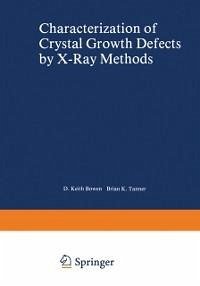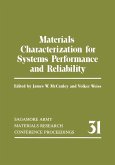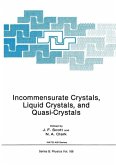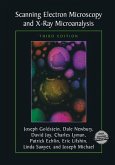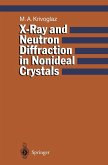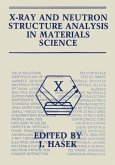This book contains the proceedings of a NATO Advanced Study Institute entitled "Characterization of Crystal Growth Defects by X-ray Methods' held in the University of Durham, England from 29th August to 10th September 1979. The current interest in electronic materials, in particular silicon, gallium aluminium arsenide, and quartz, and the recent availability of synchrotron radiation for X-ray diffraction studies made this Advanced Study Institute particularly timely. Two main themes ran through the course: 1. A survey of the various types of defect occurring in crystal growth, the mechanism of their different methods of generation and their influence on the properties of relativelY perfect crystals. 2. A detailed and advanced course on the observation and characterization of such defects by X-ray methods. The main emphasis was on X-ray topographic techniques but a substantial amount of time was spent on goniometric techniques such as double crystal diffractometry and gamma ray diffraction. The presentation of material in this book reflects these twin themes. Section A is concerned with defects, Section C with techniques and in linking them. Section B provides a concise account of the basic theory necessary for the interpretation of X-ray topographs and diffractometric data. Although the sequence follows roughly the order of presentation at the Advanced Study Institute certain major changes have been made in order to improve the pedagogy. In particular, the first two chapters provide a vital, and seldom articulated, case for the need for characterization for crystals used in device technologies.
Dieser Download kann aus rechtlichen Gründen nur mit Rechnungsadresse in A, B, BG, CY, CZ, D, DK, EW, E, FIN, F, GR, HR, H, IRL, I, LT, L, LR, M, NL, PL, P, R, S, SLO, SK ausgeliefert werden.

